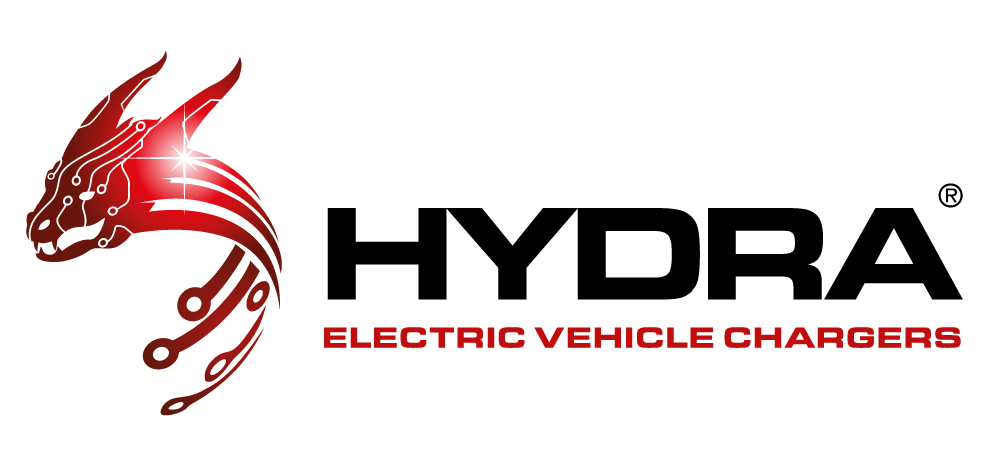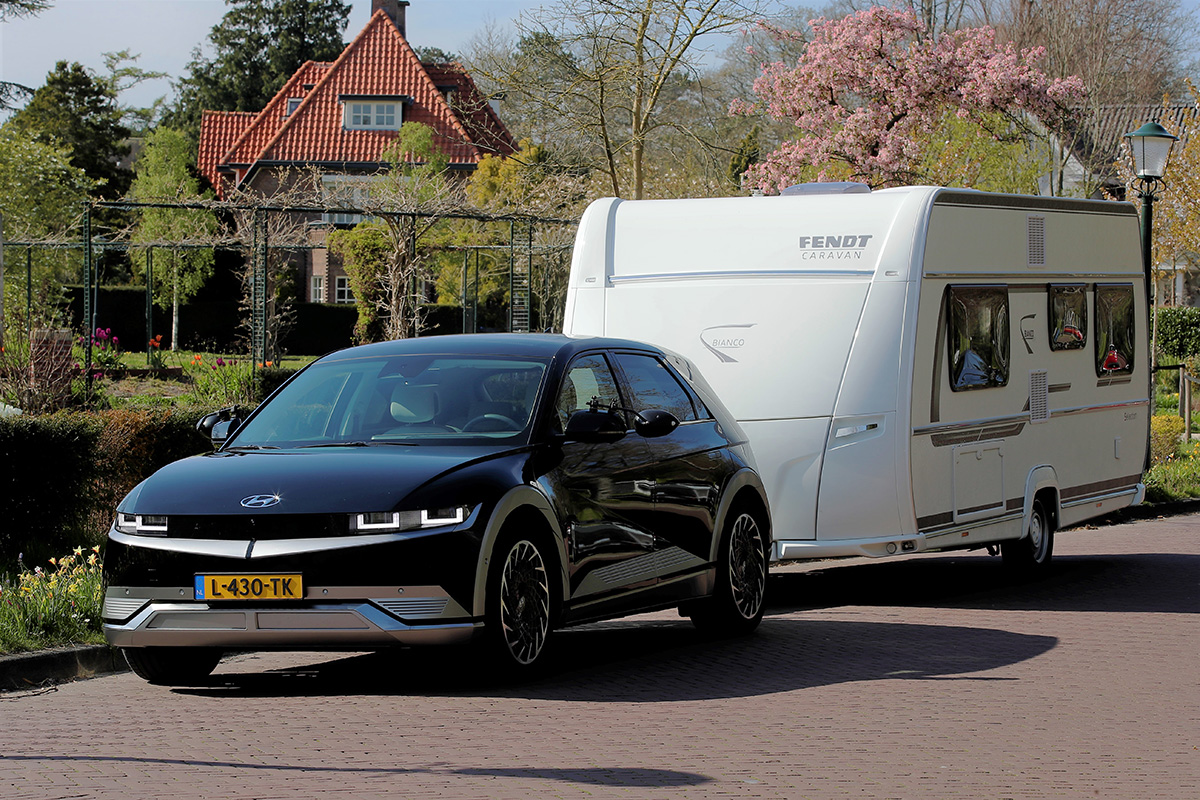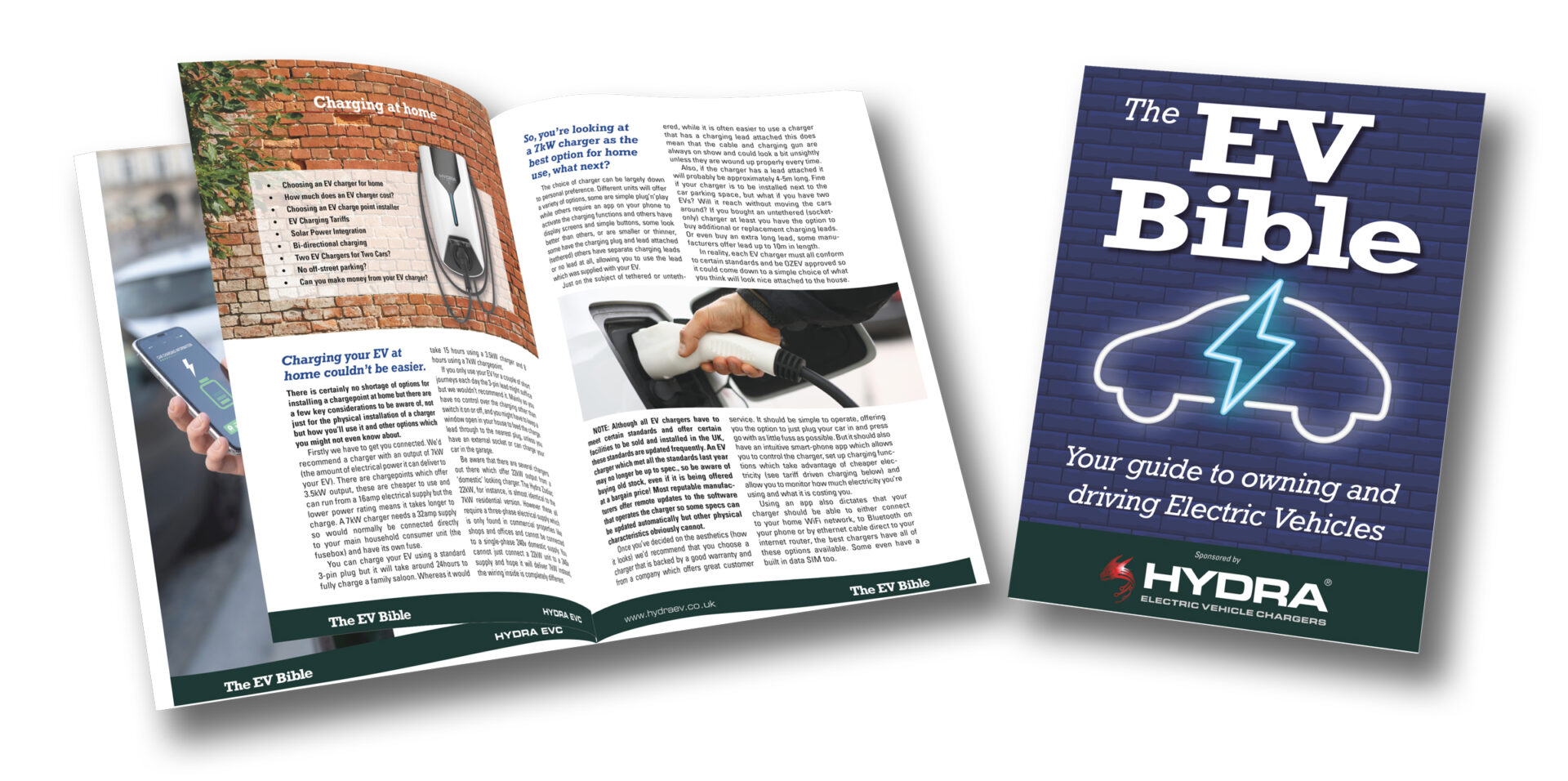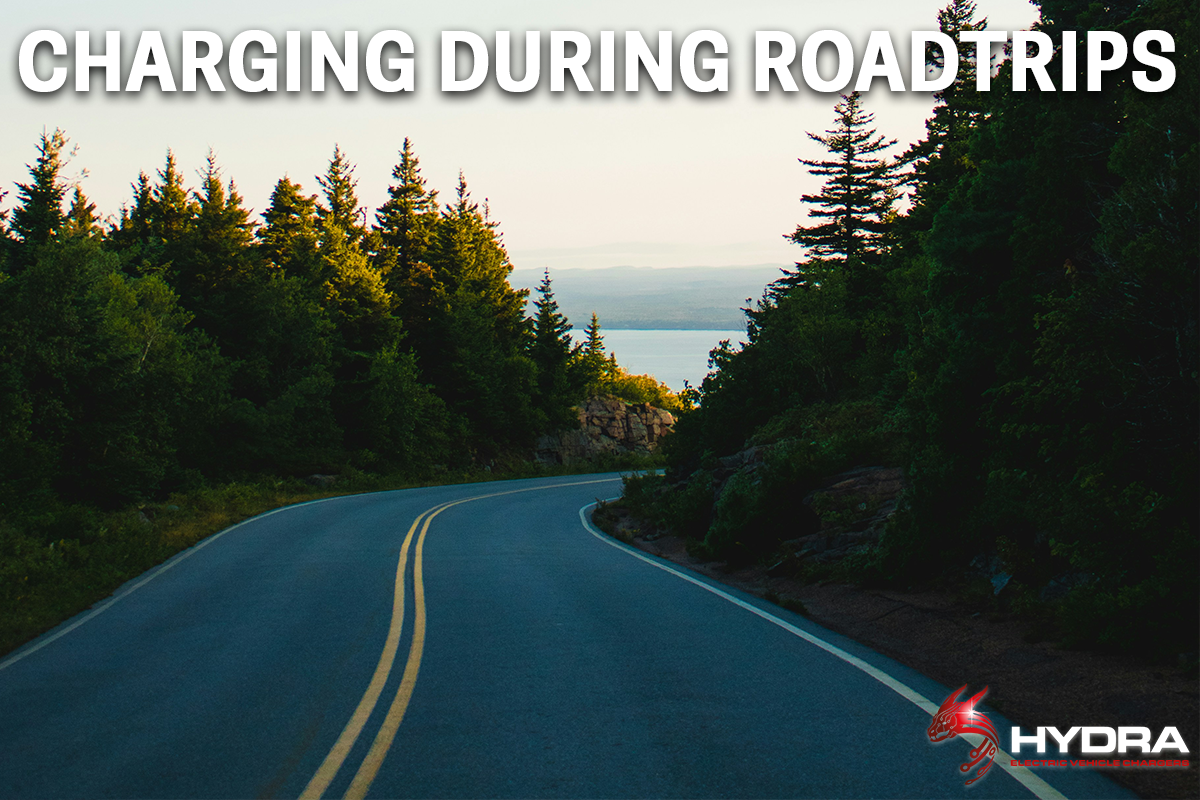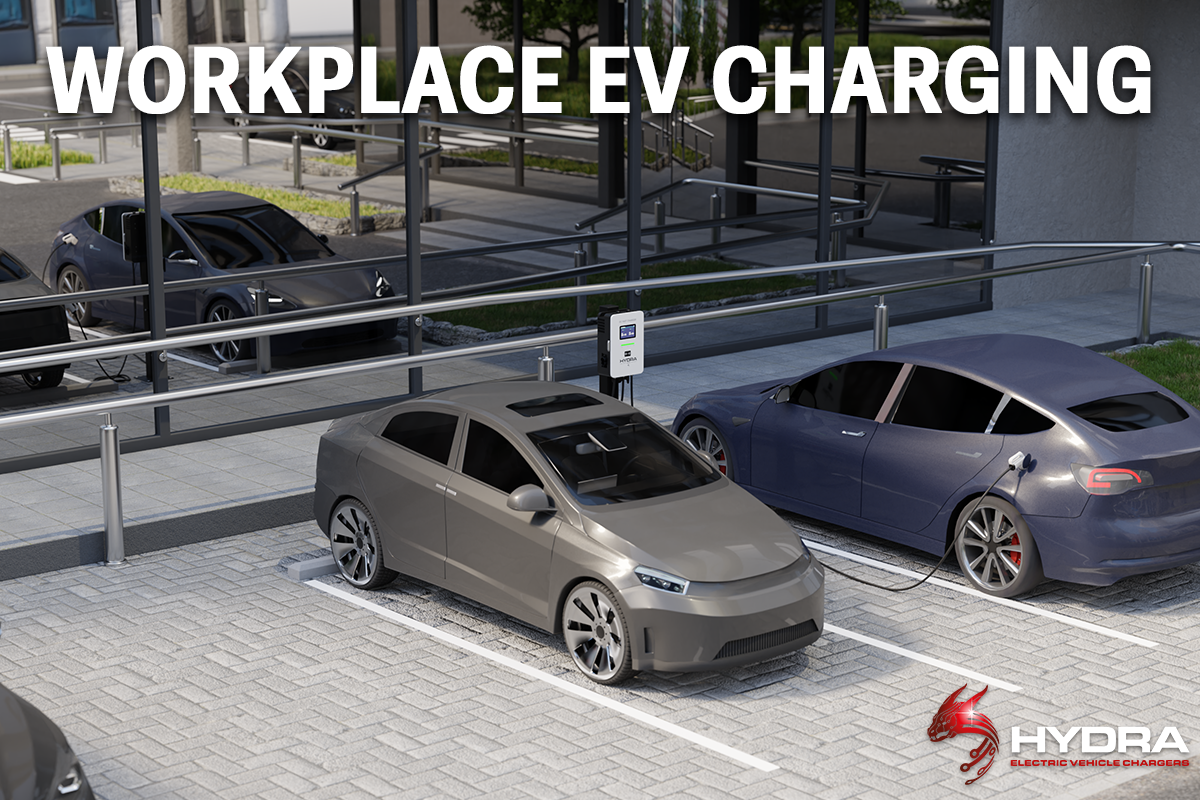Looking at the specification for some electric vehicles you could easily come to the conclusion that EVs cannot tow. This is due to the very low towing weight limits quoted for quite a few EV models.
The vast majority of manufacturers seem to have opted to quote the lowest possible towing weight of 750kg – this roughly equates to a small box trailer filled with camping gear.
There is no real technological reason for such low towing weights other than the effect it could have on regenerative breaking (see below). An electric motor has maximum torque at all speeds so it should be perfect for getting a heavy load moving. The extra weight of an average EV, compared to a similar sized petrol-powered vehicle, would also suggest that they are safer for towing a heavy trailer or caravan.
The main reason for the lower towing limits is purely down to the effect that towing has on battery range and that manufacturers have not put the vehicle through the homologation process for certified towing limits, probably on the assumption that very few people will actually tow with one so why bother?
Towing a heavy load will reduce the available range, just as it would consume more petrol. Electric vehicle range has been a touchy subject so manufacturers have taken the easy route of quoting lower towing limits rather than address the issue of reduced range. Some vehicles only have a 200mile range to begin with, so reducing this by half would obviously place harsh limits on holiday trips with a caravan.
What this does mean is that the market for EVs capable of towing the larger family caravans, or horse boxes is fairly limited. There are a few models which offer towing weights heavier than 750kg but it is still worth checking carefully. Even a 1,200kg towing limit could drastically reduce your caravan choice once you allow for equipment, passengers and supplies.
The Polestar 2 (below) is a rare vehicle in the EV sector as it offers a 1,500kg towing limit – generous for a mid-sized family car – and can even be specified with a towbar from new. Volvo/Polestar obviously set out to make it a capable towing unit right from the design stage.
Don’t assume manufacturers offer the same specification across the range: The Tesla Model X offers a towing limit of 2,250kg which opens up your choices quite nicely but at a hefty cost of over £100,000 for the vehicle. The new Model Y costs half this – starting from £51,000 – but the towing weight of 1,500kg.

Regenerative Braking
Electric Vehicles make use of regenerative braking to recharge the battery momentarily when the brake is pressed or, in some cases, when you lift off the accelerator. Instead of actually applying the brakes the power to the motor is cut and this slows the vehicle. The inertia or kinetic energy of the car forces the motor to turn and this is converted to energy which tops up the battery. In a towing situation a heavy load drastically increases the overall weight of a car and trailer or car and caravan combination. Using regenerative breaking in this scenario can overload the motor leading to more energy being produced than the electrical systems can handle.
